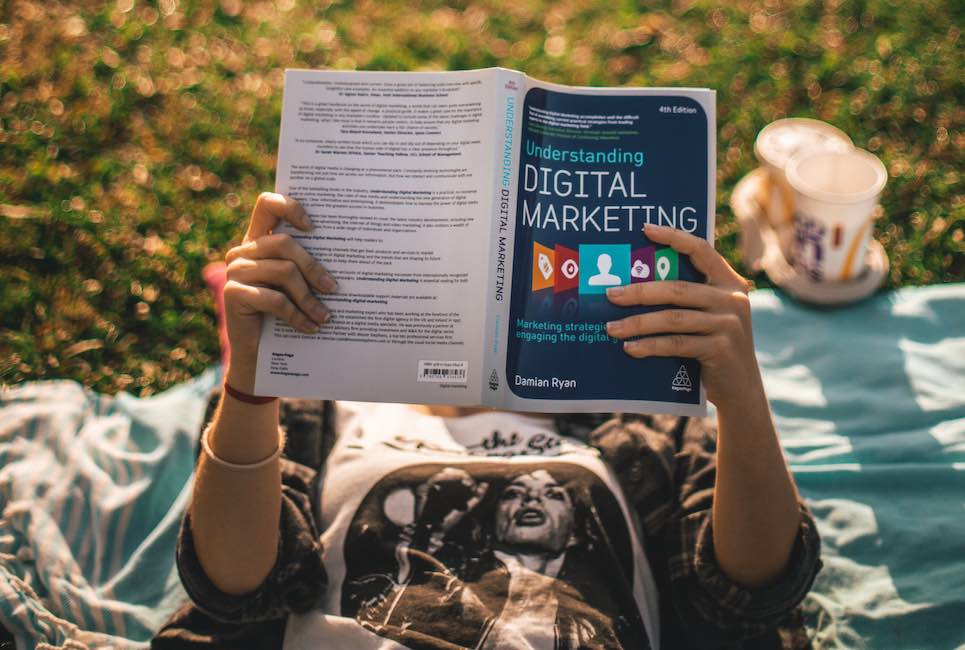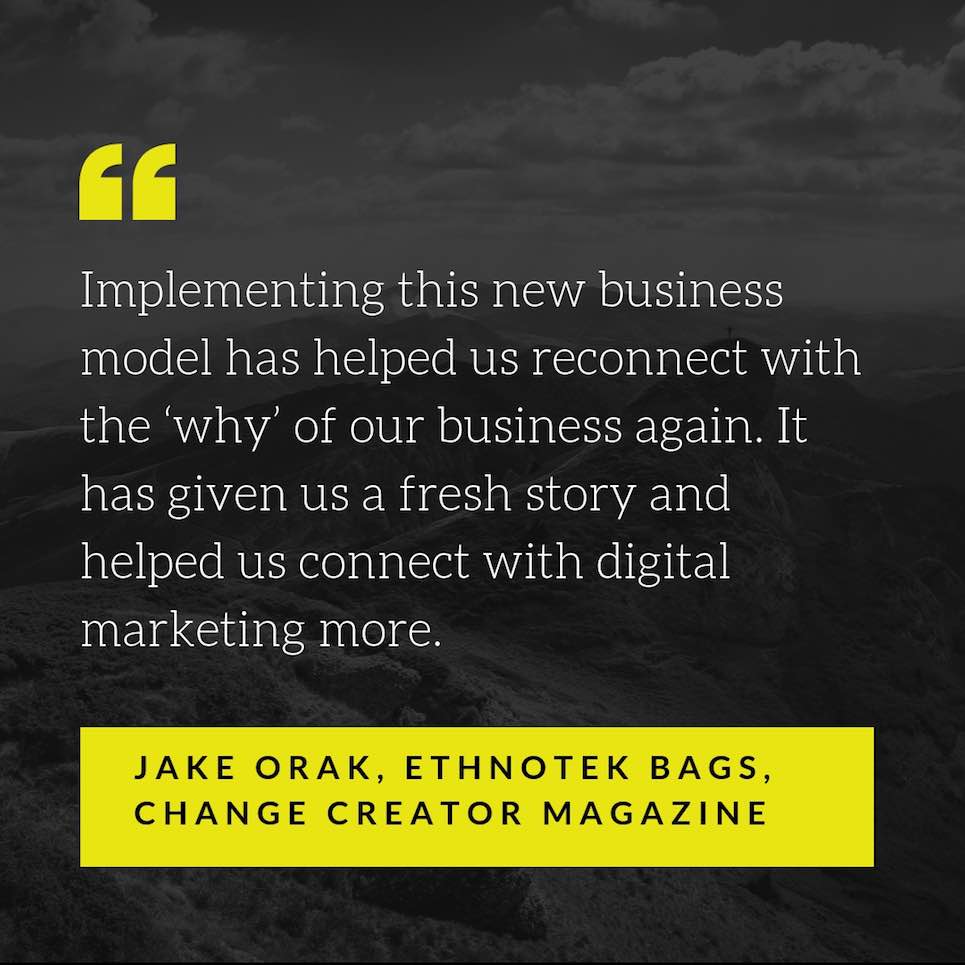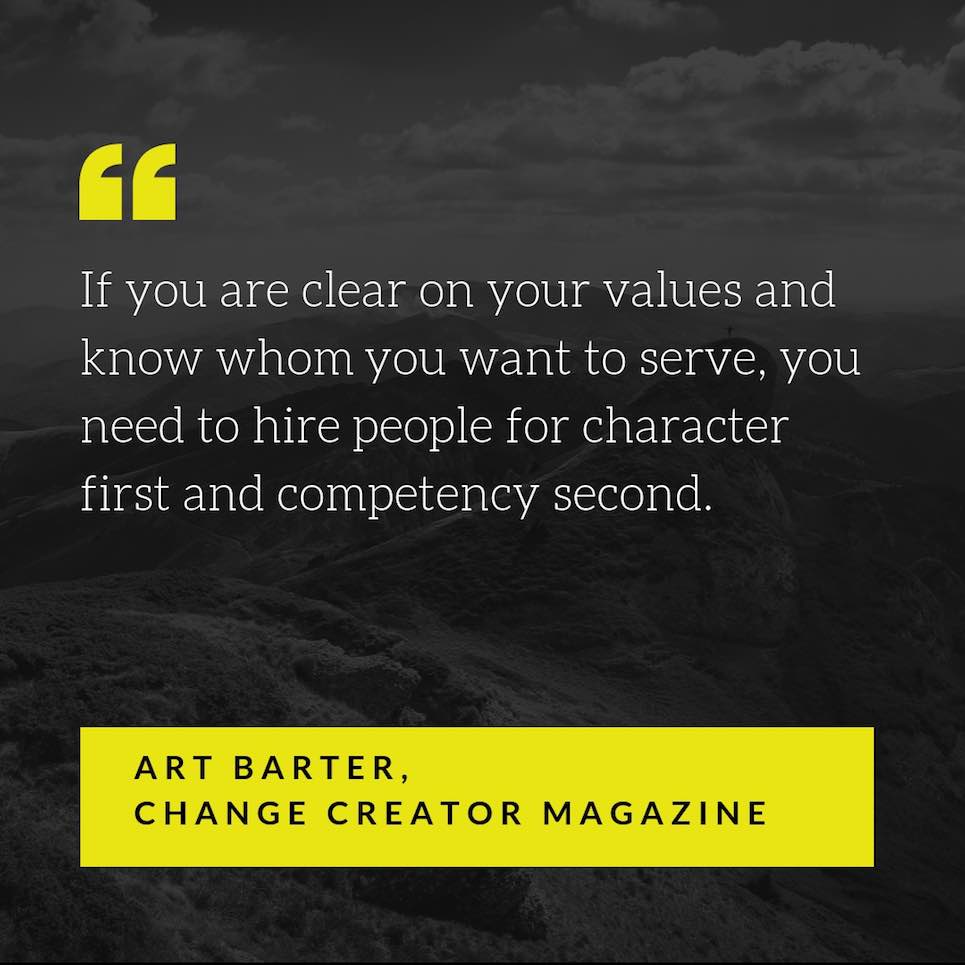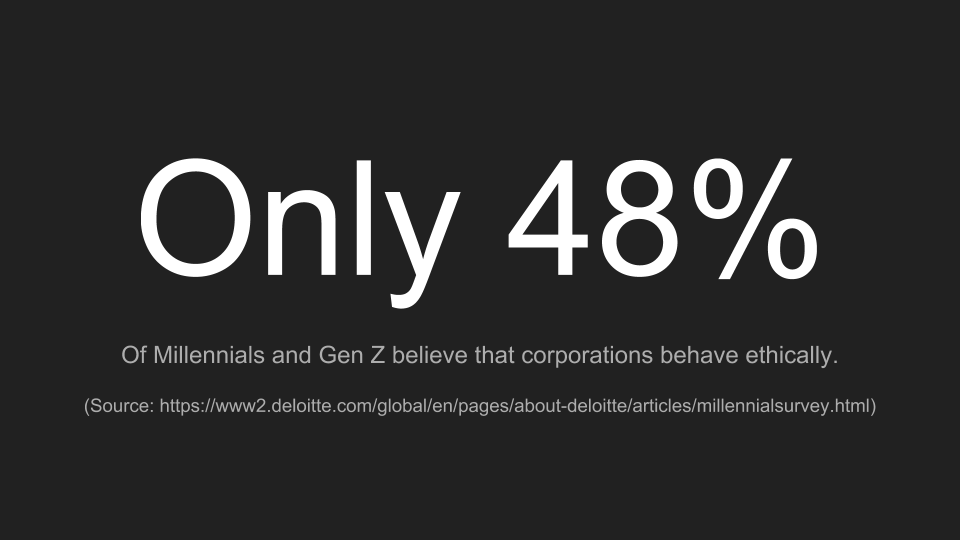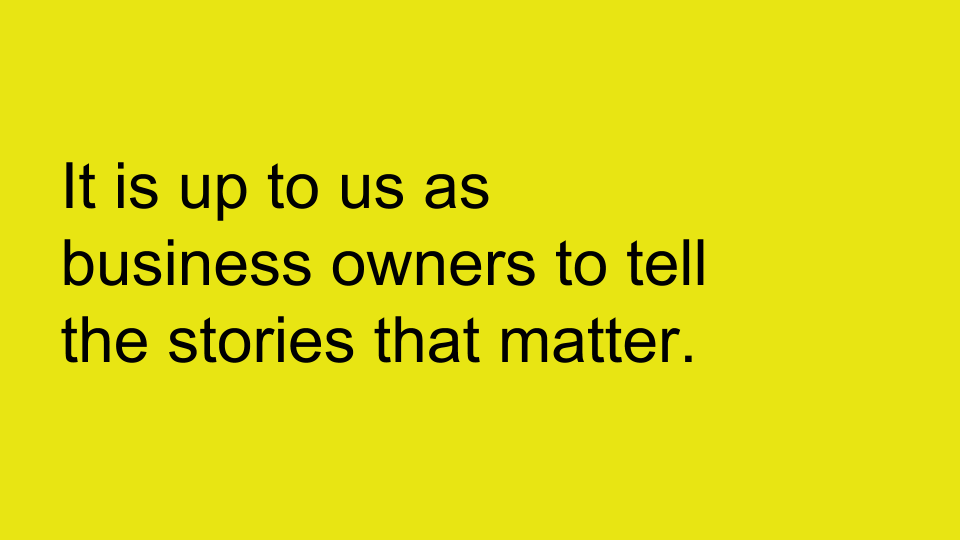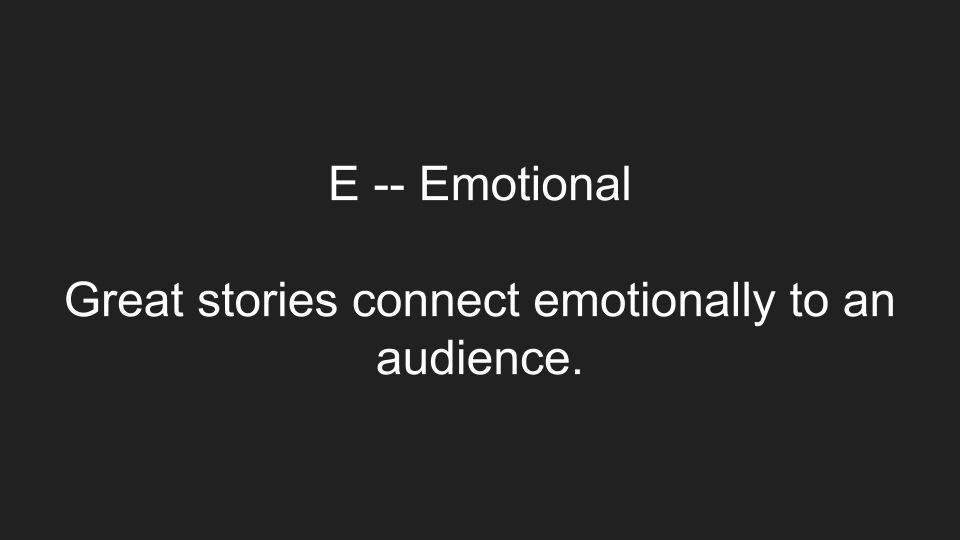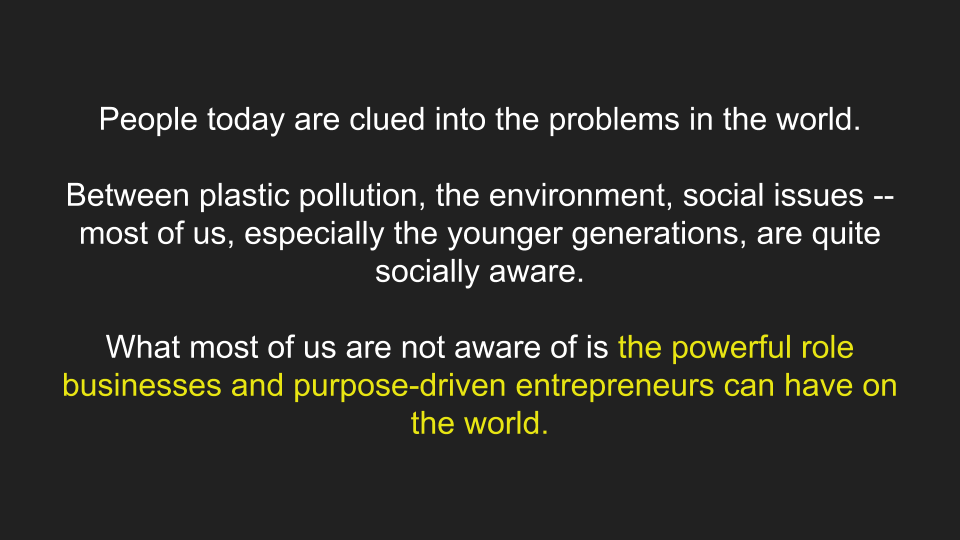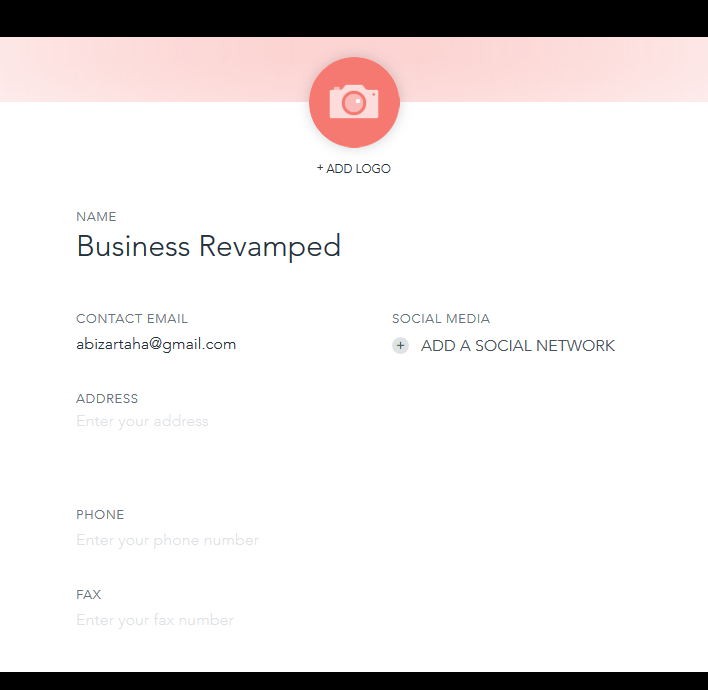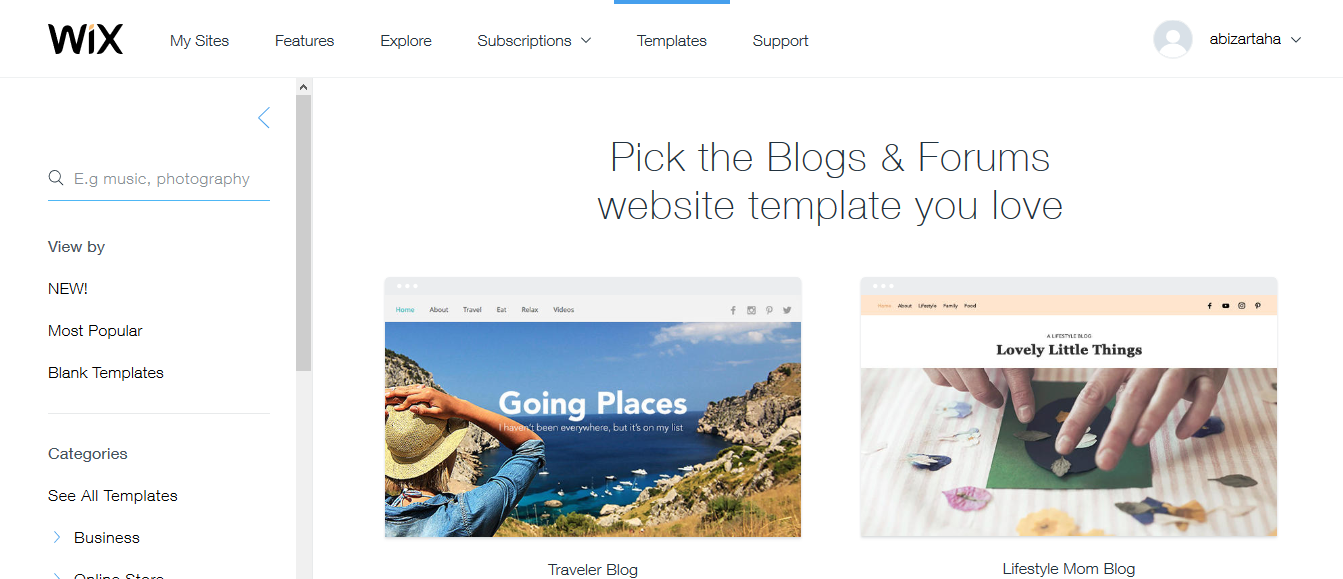Leadpages is one of the premier software tools that many small and large business owners use to view and input various analytics about their target audience. Leadpages gives you the ability to create and test several different landing pages to determine which one brings the best results in terms of website or product engagement and conversions.
If you’ve been struggling to retain a consistent audience for your business or product line, Leadpages can help you solve that problem with simplicity and efficiency. Many business owners use Leadpages simply because it is one of the most comprehensive web development and analytics tracking software options available.
Why Leadpages?
While Leadpages is one of the leading software platforms that many business owners use to further their endeavors, it’s not the only option out there. One of the things that make Leadpages such an attractive piece of software is the fact that you can create entire webpages and monitor them with very in-depth analytics all in one place. Many software solutions out on the market geared towards small business owners require separate apps or programs to accomplish everything that Leadpages does in one single software application.
If you’re a small business owner or entrepreneur who wants to boost their online presence, there are several options available to you besides Leadpages. Thanks to developments in technology and the internet at large, there are now several software options that you can choose from when it comes to creating the perfect landing page for your website.
There are hundreds of software options out there for business owners who need to increase the conversion rate and overall visitor count of their site. In this article, we’re going to list some of the top alternative software options for Leadpages and how you can use them to further your business or branding goals.
Here is a great article about how you can use Leadpages to boost your overall lead generation and conversion rate.

Why is lead generation and retention so important?
If you’re just starting your business, capturing leads is a very important factor that will play a critical role in how successful your business becomes over time. Leads are basically thoroughly vetted customers who have a verifiable interest in your company or product before they even visit your website based on internet browsing behaviors and other related information. Traditionally, lead generation and capturing were exclusive to email marketing and newsletter signups. Thanks to social media and other avenues available on the internet, those days are long over.
Now, a lot of businesses and service providers use specialized software that is designed to make the entire lead generation and capturing process a lot smoother than in years past. Website elements such as pop-up ads, banners, alerts, and more are used today in order to capture quality leads for products and businesses in various industries. By using a software solution, you can significantly increase the rate at which you obtain leads for your website. Continue reading to find out more about high-quality software alternatives to Leadpages that you can use to further your business.
This is a great article you can read about why lead generation is so important.
How to Create Eye-catching Landing Pages
A high-quality landing page could mean the difference between operating in profit or loss for your business or company. Landing pages are the first step in gaining access to vital information related to how visitors interact with your website and product. By creating a high-quality landing page that attracts potential clients to interact with your business, you’ll be able to retain large amounts of premium leads with very little effort involved. Your landing page should represent your business in the best way possible but if you’re new to internet marketing and sales, achieving that goal can be difficult.
That’s where the use of an effective landing page and lead generation software can assist you. Landing pages are often called click-through pages also so if you see that term don’t get confused. There are a lot of different ways that you can utilize your landing page and we’re going to cover those more in detail later in this article. In summary, a landing page can serve whatever purpose you want it to which is what makes them such an effective method for lead generation and capture.
Here is a great article you can read on our site pertaining to landing pages and why you should create one for your website.
Different Uses for Landing Pages
Landing pages can serve different purposes for businesses depending on their industry and field of expertise. If you do research on your competitors’ websites and notice that they all use the same landing page format, consider customizing your landing page so that it stands out to potential customers or clients.
Landing pages can be used with Facebook ads as well which is a great way to bridge the gap between your social media marketing campaigns and the actual website. By integrating your Facebook ads with your landing page, you can retarget the visitors and remarket the traffic in order to boost your overall sales.
Facebook also has this excellent feature in its ad campaign that will allow the visitor to claim an offer or providing a coupon code. Facebook’s tracking pixel display feature could help entice the user to land on a specific landing page which would help you retain quality leads and potential clients.
A lot of companies use Landing Pages for things such as:
- Surveys
- Webinar/Event Sign-up and registration
- Special discount Reminders
- Product announcements and more
- Account registration
- And more!
As you can see, there are a lot of reasons why business owners use landing pages which means that you can do the same and experience the results that you want at the same time. Landing pages aren’t exclusive to your personal business website, you can even use landing pages for your various social media pages.
Before you decide to throw up any landing page, you need to make sure that it’s optimized to increase engagement with your core audience. This will ensure that you receive optimal results from your landing pages without wasting time on multiple designs and call-to-action tests that don’t work.
The implementation of landing pages on small business websites is surprisingly a very new method that has only been around for less than a decade. The reason so many people use landing pages is that they are a really effective way to essentially put your lead capturing abilities on autopilot. Landing pages provide a way for small business owners to capture high-quality leads that can potentially lead to further sales on a consistent basis.

Elements of a High-Quality Landing Page
There are several key elements that you should include in your landing page in order to ensure that visitors engage with your content. While these elements may not be visual, they are integral parts of any landing page that will determine its overall conversion rate and success. Let’s look at some of the most important landing page elements you should include on your website.
1. Align all of your call-to-action triggers with the right promotion/ad campaign.
This is one of the most common mistakes the small business owners make when designing their website. A landing page by itself will not bring you the results you want if it’s not connected to the right call-to-action. In order to maximize the results that you see from your landing page, you need to make sure that you connect the original call-to-action to marketing material that is relevant. Too many times, business owners don’t fully understand how digital content strategizing works so they end up linking a landing page to a call-to-action that is unrelated to the initial promotion.
An example of this would be promoting a call-to-action to sign up for a free Skype consultation but instead, the customers are redirected to a page that offers paid photos. Consistency is the best way to retain high-quality leads that may very well bring you tons of business in the future so make sure that all of your content is related when promoting your landing page.
2. Create an eye-catching headline for your landing page.
SEO is a very important factor when it comes to any successfully converting landing page. Google indexes all websites that are online so by writing an eye-catching headline, you will be able to rank higher within natural search results and other popular engines also. The goal is to attract your website visitors to interact with your landing page so by adding a relatable and well-written headline, that process will become much easier. Just think about your product and how potential customers will relate to your brand or company and a highly converting headline will be easy to come up with.
3. Make your landing page as simple as possible.
Using complicated menus and tricky webpages can actually discourage your visitors from interacting with your landing page for prolonged periods of time. Use a simple landing page layout that is not too complex but still allows your visitors to easily navigate. This will help you keep visitors on the intended page for longer periods of time without worrying about them straying off and interacting with other pages whilst leaving your initial call-to-action unanswered. Make it simple for your customer to recognize and engage with your landing page by giving them a simple format to follow.
Read this article on our website to learn more about how you can design the perfect landing page that brings you the conversions and interactions you need.
The Best Leadpages Alternatives
Now that we’ve discussed what a landing page is and the vital elements that go into making one that is unique to your business, let’s discuss exactly how you can begin the process of creating a landing page for your website and the tools available for you to use when beginning the process. As stated previously in this guide, Leadpages has been one of the premier software solutions for many years however there are new very viable options emerging in the market.
In the following section, we’re going to list some of the top alternative software options to Leadpages that you can use to boost your business website’s overall engagement and visibility in addition to lead retention.
#1 ClickFunnels

ClickFunnels is probably one of the most popular Leadpages alternatives that many business owners use primarily due to the fact that it is one of the only software options out there that provides a robust feature set that can rival Leadpages in Its capabilities. With ClickFunnels, you can accomplish a variety of tasks related to the creation of your landing page and more general social media marketing tasks.
ClickFunnels comes standard with very versatile capabilities including:
- Affiliate marketing tools
- WordPress integration
- Autoresponder email tool
- Landing page tools (of course)
- Web Hosting
- And a lot more!
ClickFunnels is one of the best LeadPages alternatives because it gives you the ability to create entire sales funnels in one comprehensive application. If you’re interested in performing split ad testing, ClickFunnels gives you the ability to create A/B and sets so that you can monitor which ads perform the best to maximize your results while reducing your overall costs.
For small business owners who are new to online marketing and website creation, ClickFunnels gives you the opportunity to create entire websites and webpages that have integrated landing pages. ClickFunnels also provides in-depth statistic monitoring and analytical tracking including drop off rates and other important information.
If you’re planning a product launch, podcast, webinar or anything else related to your company and/or business, ClickFunnels makes it easy for you to plan all aspects of your business in one simple tool. You can easily manage your customer relations through the ClickFunnels platform using it’s simple drag and drop operation which is great for small business owners who don’t have an extensive history in the tech field.
With ClickFunnels, you can create several different types of sales funnels which will help you achieve your business goals in no time. ClickFunnels will enable you to obtain detailed information about your customers related to the amount of time that they spend on a particular webpage in addition to how well they engage with certain elements of your sales funnel and landing page. This is something that you don’t find in many other software options available on the market which is what makes ClickFunnels so unique.
ClickFunnels also lets you create customized sales and landing pages that are designed to fit the specific needs of your business perfectly. Below, we’re going to take a look at some of the various types of sales funnels that you can effortlessly create with ClickFunnels.
Product launch Funnel
This sales funnel is the perfect option for small business owners who are trying to launch a new product to their audience. The product launch funnel will break down your product on four separate pages each of which will serve the purpose of informing, persuading, and directing your customers about how they can purchase your product.
These four pages are as follows:
- How+Wow- the how+wow page will primarily be used to describe the benefits of your product and how it will help make potential customers live much easier. This page will serve a very important role in making sure that your customers understand the main function that your product serves and how it can add potential benefits to their existing life.
- Ownership Experience- this page will consist of any testimonials or real product reviews that you’ve been able to collect from your customers. This will allow potential customers to get a real-world perspective of your product separate from any marketing material or promotional ads that you might run.
- Transformation Education- this is the core page in which you can provide your potential customers with an in-depth look at how your product works. This page will help your potential customers better understand how to use your product and any other important information that may be related to it.
- Offer- this page will be the last page your potential customers see before making their decision on whether or not to buy your product. You need to make sure that your offer page is up to date with all the latest product information and discounts so that your customers know the most important details before making a final purchase decision.
Best Seller Book Funnel
The best seller book funnel gives independent authors and writers the ability to create a comprehensive and stunning book marketing funnel that gives you high conversion rates and sales numbers. The best seller book funnel starts promoting your book to potential readers with a video that you can either customize or upload in order to provide your readers with a full description and synopsis of your book’s storyline and plot. You can also add a free video demo to allow potential buyers the opportunity to read a small portion of your book before deciding on a final purchase.
You can also use ClickFunnels as a way to upsell other books that you may have in your catalog. ClickFunnels provides a dedicated upsell page that you can use to integrate special product offers and book deals that may not be available anywhere else. The best part about it all is that all of this is achieved through using your initial landing page.
Webinar Funnel
If you’re an online coach or lifestyle assistant, webinars can be a great way for you to increase the number of loyal students and sign-ups that you get. With ClickFunnels, you can easily make a high-quality webinar funnel which will allow you to retain customers and regular students who will attend your classes so that you can increase your overall sales and conversion ratings. Depending on the type of product that you’re marketing and your target audience, a webinar can be a really good way for you to boost your overall visibility and audience without putting in too much work or money.
With ClickFunnels, you can gain access to several different resources which will make your webinar and prospect retention much easier to manage. With a ClickFunnels webinar page, your customers will see the following precession of pages:
- Thank you page
- Live webinar page
- Webinar replay page
- Sales page
- And a Webinar registration page
These pages encompass the entire process needed to successfully facilitate a webinar session. You can even go deeper with the ClickFunnels webinar page by seeing which leads actually signed up for and viewed your webinar as opposed to the people who didn’t. While we could go through all of the various types of sales funnel pages that are offered by ClickFunnels, it would take up this entire article.
In total, there are 15 ClickFunnels pages that you can use to help you boost various different areas of your business or company. All of them include comprehensive sales funnels tools which will allow you to maximize your marketing budget and overall reach. If you’ve been looking for a great alternative to Leadpages, ClickFunnels is definitely the best option for you.
#2 Instapage

While landing pages can bring your business amazing results, they are no easy task to accomplish if you have no prior experience. With Instapage, you can easily manage, create, and monitor high-quality landing pages with the simple use of drag and drop mechanics. Instapage gives you the ability to manage your social media marketing campaigns, email marketing lists, and other aspects of web optimization for your website. Instapage also gives you the ability to integrate up to 20 different marketing tools into the platform all of which you can use to even further customize and manage your landing pages and sales funnels.
Instapage Squeeze Page
Instapage features a unique feature known as the “Instapage squeeze page” which essentially grabs email addresses from potential leads by offering them something valuable in return. You can alert your website visitors of important information such as newsletters, whitepapers, case studies, webinar information, or video links in return for their email capture. Instapage splash pages are essentially Instapages version of landing pages which allow you to engage with and persuade your visitors to interact with different parts of your website.
Instapage Splash Page
With Instapage splash pages, you can add combinations of videos, texts, music, and other sorts of media related to your product or brand on your landing page. Instapage’s splash page will then instantly redirect your visitors to the homepage of your website or any other page that you specified during the creation of your splash page. With Instapage, you can expedite the entire email capture process with ease and simplicity. Instapage also offers a sales page features which will allow you that you can use to create premium looking landing pages that will help you sell products and merchandise.
PPC advertising is huge in today’s online marketing industry, oftentimes people will click on a particular ad because it told them that they would receive a certain discount or item however once they reach the site, they are forced to search for the item which can be very frustrating. Instapage makes PPC advertising very easy by automatically linking your ads to the designated webpage that you assign during the initial set-up process. You can even set-up special discount codes that will automatically be applied when the potential customer clicks on your link.
Instapage Lead Generation System
Instapage makes it easy for you to generate high-quality leads by seamlessly integrating all of your various social media websites. Without premium leads to go on, it will be very difficult to grow your business in any substantial way. Instapage makes it easy for you to set-up different social media promotions such as creating a tweet for a local meetup that you plan on doing or even adding in annotations to your YouTube videos that you upload. You can use the Instapage lead generation system to help boost your social media postings, podcasts, or practically anything else that you may be interested in.
Instapage gives you access to all of the following features:
- Responsive mobile landing pages
- CRM integration
- Marketing Automation
- WordPress integration
- Email marketing tools
- SEO features and capabilities
Instapage is the perfect solution for any small business owner who is interested in increasing the overall performance of their business marketing campaigns. Instapage is is a great Leadpages alternative for anyone who wants premium online marketing features at a great price.
#3 Thrive Architect

Thrive Architect is a landing page builder from Thrive Themes. It is very intuitive to use, meaning you do not need any CSS or HTML knowledge to design killer landing pages.
The software’s WYSIWYG editor has all the tools needed to get you moving. Thrive Architect has a variety of page building options. There are icons, buttons, templates, themes, and other fantastic features that ensure stellar pages. The Architect is also very affordable going at a one time cost of $67.
The platform can also be used to build other pages besides landing pages. You can use it for your webinar, home, or sales pages. The software has features much like those of Divi builder or Beaver builder, the most popular WordPress page builders.
This landing page builder is perfect for small business owners and entrepreneurs, beginning or in the middle phase of their business-marketing journey. Unlike other lead pages alternatives, Thrive Architect is a WordPress theme builder plugin.
Thrive Architect main features
User interface
The platform’s user interface is full screen, taking over the WordPress dashboard when at work. It is, therefore, pretty easy to view your progress because the WordPress user interface remains in the background. If you need more workspace, all you need to do is to collapse the panel.
From this user interface, you can drag and drop elements from the sidebar or other positions on your page as desired. You can resize your page’s components, by simply clicking and dragging on their boundaries.
The Architect has a handy inline text-editing feature, which eliminates the need of typing into a sidebar first. All you need to do is to click on your pages text area to input words. This impressive feature makes it super easy to preview your work on the go. It also dramatically speeds up your text editing workflow. Many other page builders lack this functionality, which makes Thrive Architect a choice page builder.
There is also an integrated tablet and mobile sized viewport to ensure maximum page building ease. A built-in optional reminder feature is also at hand to remind you to save your work at regular intervals. In case, you change your mind on the revisions made on your pages, a revision manager can roll back the changes.
Options and settings
The platform also has context-sensitive menus. Whenever you click on an element, the settings and options compatible with it will be displayed on the side. This feature will give you a lot of control over the design of your pages. To reveal advanced control options, expand the advanced builder sections. You will find cool features such as padding and margin properties, animation effects, and mobile responsive features among others. If there are elements that distract your mobile user’s site, you can choose to disable from this view to ensure that your pages deliver the best experience to all users.
Page elements
This feature adds rich characteristics to your content and pages. This will assist in bringing in more leads, the building blocks of useful conversions. Some of these valuable elements include;
- Call to actions
- Click to Tweet
- Buttons
- Content boxes
- Countdown timers
- Content reveal
- Facebook comments
- Content templates
The Thrive Architect library has a store of 200+ page templates for endless customization options. The templates availed have a strong focus on increasing conversions. Their design flow aims to ensure that your visitors get to complete the action desired. That may include moving along a sales funnel or signing up to an email list. Nonetheless, there are templates with traditional content if you fancy them, with portfolio layouts, under construction, homepage and coming soon pages. The pages are fully customizable through the page builder.
Landing page building on Thrive Architect
To design a landing page, you can use the software’s blank templates or landing page templates. You will use the Launch Thrive Architect button to get started. As mentioned, there are hundreds of pre-designed templates to choose from, and most are ready for publishing with minor tweaks. This is a beneficial quick-start option.
There are nonetheless over 40 landing page designs available, and more are being added by the day. The pages have matching components to create a sameness experience when swapping pages. A landing page set like the Atomic, for instance, has elements such as;
- Confirmation page
- Lead generation page
- Download page
- 2 step lead generation page
- Video sales page
- Webinar streaming page
- Webinar registration page
- Webinar replay page
Through the easy to use page editor, you customize your landing page to fit your brand or style. If you like the customized template, you can save it for future use. If you are looking to build fantastic landing pages at an affordable price, Thrive Architect is a fantastic option. It is cheaper than ClickFunnels or Instapage, and its charges are a one-off payment rather than a hefty monthly fee.
Here is a great article that you can read about some more Leadpages alternatives on our site changecreator.com.

Conclusion: What Leadpages Alternative Will You Choose?
All of the platforms and applications mentioned above are some of the best Leadpages alternatives available. If you want to increase the revenue, marketing reach, conversion rate, sales success, or practically anything else related to your business, these are some great tools that you can use to accomplish your goals.
Lead generation, lead retention, and landing pages are very important however they can be difficult for first-time business owners to understand less known deploy. With the help of these applications and platforms listed above, you can significantly increase the efficiency and performance of your landing pages with ease and simplicity even if you have no prior experience with web development or online marketing.
It’s important to integrate engaging elements onto your landing page so that your visitors will have a reason to interact with your website or business. Landing pages provide a simple way for you to capture email addresses from potential customers and clients without having to put too much work into actually engaging with or persuading your site visitors to sign up for any special offers that you may have.
If you’re serious about taking your business to the next level, you will need to use one of the landing page software solutions listed in this article because they make the entire process much easier. Adding visually rich content is also very important when creating a landing page because without customers will easily get bored and click off of your website. Use all of the information in this article to help you select the best digital marketing software option for your business so that you can create optimized landing pages that provide you with high conversion rates.
A high-quality landing page could mean the difference between operating in profit or loss for your business or company which is why it’s so important to have one for your new business or website. Landing pages are the first step in gaining access to vital customer information that could possibly help you optimize your marketing campaigns and material in order to get the best results for your money.
By creating a high-quality landing page that entices potential clients to interact with special offers and discounts on your website, you’ll be able to retain large amounts of premium leads with very little effort involved. Your landing page should represent your business in the best way possible but if you’re new to internet marketing and sales, using one of the applications listed above will be absolutely necessary in order to get the results that you want and expect.
As long as you take the time to do the proper amount of research, you should have no problem creating a high-quality landing page that will help you retain customers and boost your overall visibility. Take your time to really figure out what your customers want most from your particular product or business and then create digital marketing content surrounding their interest.
A premium landing page combined with a well-designed sales funnels and high-quality multimedia content is what customers across virtually every market are interested in right now. Make sure that your business website or product landing page has that extra edge by using our helpful tips and advice to direct your brand or company in the direction that you want it to go in.
There are so many different ways that you can create a high-quality landing page that will bring you the type of engagement you need.

























